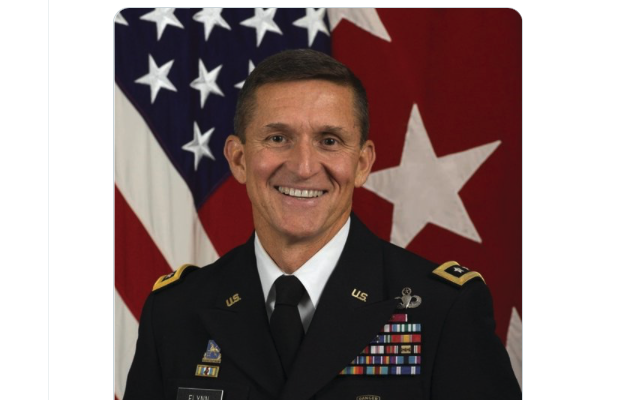It seems Canada’s “strict” oversight on euthanasia might just be a paper-thin illusion. Reports now show that Ontario’s Chief Coroner has quietly documented over 400 cases of noncompliance among euthanasia providers since 2018 yet has taken almost no action beyond the occasional “informal conversation” or “educational email.”
These are violations of Canadian criminal law, no less, yet not a single case has been referred to law enforcement, even when involving repeat offenders and blatant disregard for the law. This “oversight” approach is about as tough as a feather pillow, leaving Canadians wondering if the so-called safeguards protecting vulnerable patients are nothing more than smoke and mirrors.
It’s hard to believe the numbers: 428 compliance issues over five years, including cases where patients were euthanized without proper consent, where legal wait periods were ignored, and where doctors reported ineligible patients as eligible. These aren’t just paperwork errors—they’re criminal violations, ones that could (and should) result in prosecution.
Yet the Chief Coroner, Dr. Dirk Huyer, decided that for the vast majority, a polite email would suffice. Even in the most disturbing cases—like a botched euthanasia where a doctor brought the wrong medications and the patient suffered—Huyer’s office handed it off to a regulatory board instead of alerting the police. It’s astonishing that, even when faced with egregious lapses, the system’s reaction is to nod and move along.
Each euthanasia provider is meant to follow the criminal law. But in Ontario, the Chief Coroner found instead in 2018 “a pattern of non-compliance, a pattern of not following legislation, a pattern of not following regulation.”
New docs reveal the problem has gotten worse. A🧵 https://t.co/nqd8pkXWwV pic.twitter.com/N5iG9XcRc3
— Alexander Raikin (@AlexanderRaikin) November 11, 2024
Huyer has boasted publicly that Ontario’s euthanasia oversight is “the most robust in Canada.” But private documents reveal something much darker: a clear pattern of compliance failures, swept under the rug and handled with a light touch that does nothing to hold practitioners accountable. The lack of transparency is stunning—though these issues have been flagged within Huyer’s office, the public is only now learning about it thanks to leaked documents. And why? Because the officials decided these cases were simply “learning opportunities” rather than legal breaches worthy of investigation.
Euthanasia Has Become Leading Cause Of Death In Canada, Canada Becomes Culling Humans – At what point is it Genocide?
Not something you want to read about in Canada during Christmas. Time to wake up Liberals and the normies before Trudeau drags us completely to hell. pic.twitter.com/HCpxPqVuVA
— Ken Winsor (@nlmedia11) December 13, 2022
The slippery slope that critics warned about has clearly arrived. Safeguards, once touted as unbreakable, are repeatedly ignored, leaving the public unaware and vulnerable patients unprotected. If this level of noncompliance were happening in any other area of healthcare, there would be immediate calls for reform and investigations. Yet here, officials seem to have decided that the laws governing life and death are optional guidelines rather than serious protections.
After assisted suicide was legalized in Canada, many severely ill patients have found themselves effectively forced into “voluntary” euthanasia by healthcare costs, or even hospitals just refusing to treat them.
Euthanasia is now the sixth leading cause of death in Canada. pic.twitter.com/oqY3H6npuB
— Possum Reviews (@ReviewsPossum) August 14, 2022
If Canada’s euthanasia oversight system has normalized ignoring serious violations, what’s to prevent further abuses? Euthanasia advocates may insist their laws are strict and their standards high, but these reports show that, behind closed doors, the system is full of cracks, leaving Canadians to wonder just how safe it really is. For those who see euthanasia as a dangerous slope, these findings confirm their worst fears: oversight that looks tough but, when it matters, doesn’t follow through.




